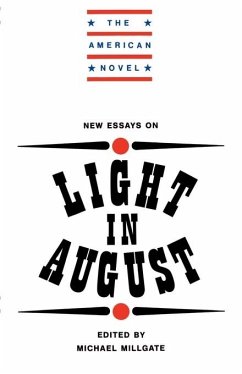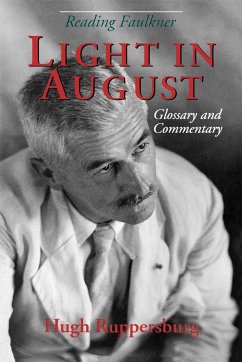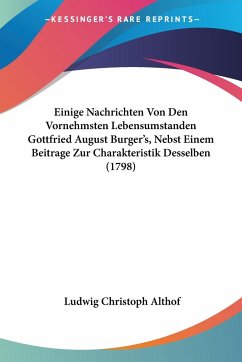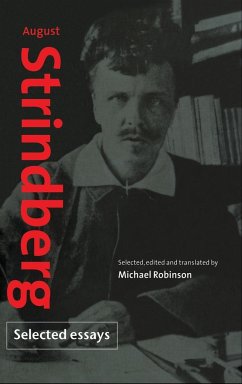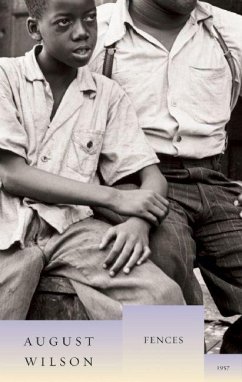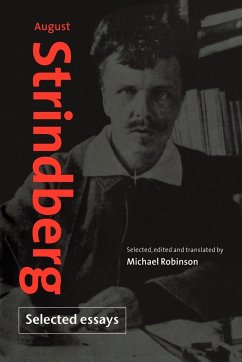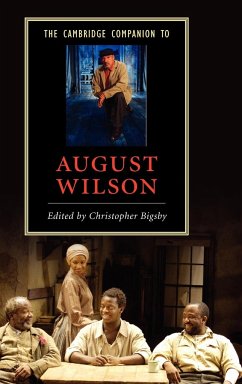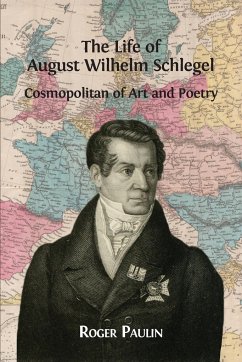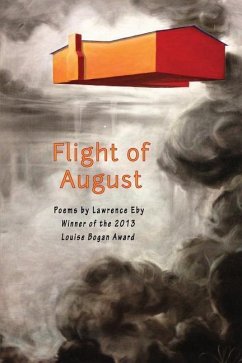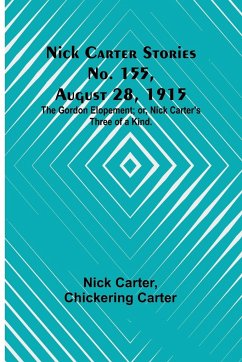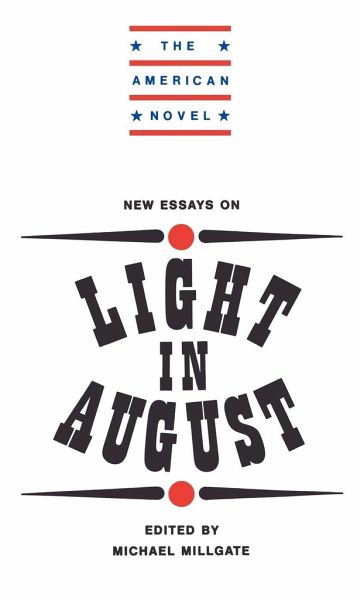
New Essays on Light in August

PAYBACK Punkte
41 °P sammeln!
Light in August (1932) is one of William Faulkner's most important, most challenging, and most widely studied novels, demanding to be approached from many angles and with a variety of critical and scholarly skills. Here five distinguished critics offer just such a range of approaches, discussing the novel in terms of its composition and its place in Faulkner's oeuvre; its structure and narrative techniques; its relation to the religious, racial, and sexual assumptions of the society it depicts; its presentation of women and handling of gender-related issues; and the social and moral implicatio...
Light in August (1932) is one of William Faulkner's most important, most challenging, and most widely studied novels, demanding to be approached from many angles and with a variety of critical and scholarly skills. Here five distinguished critics offer just such a range of approaches, discussing the novel in terms of its composition and its place in Faulkner's oeuvre; its structure and narrative techniques; its relation to the religious, racial, and sexual assumptions of the society it depicts; its presentation of women and handling of gender-related issues; and the social and moral implications of the 'hero' status accorded to a figure like Joe Christmas. Each contributor has had a double ambition: to write clearly and directly, thus making the volume accessible to the widest possible audience, and to write freshly and originally, so as to enhance - even for those thoroughly familiar with the existing criticism - understanding and appreciation of Light in August itself and of Faulkner's work as a whole.
Table of contents:
Series editor's preface; 1. Introduction Michael Millgate; 2. 'A Novel: Not an Anecdote': Faulkner's Light in August Michael Millgate; 3. Plots and counterplots: the structure of Light in August Martin Kreiswirth; 4. Light in August: the closed society and its subjects André Bleikasten; 5. The women of Light in August Judith Bryant Wittenberg; 6. On the difference between prevailing and ending Alexander Welsh; Notes on contributors; Selected bibliography.
Light in August (1932) is one of William Faulkner's most important widely studied novels, demanding to be approached from many angles and with a variety of critical and scholarly skills. Here five distinguished critics offer such a range of approaches, making the novel accessible to the widest possible audience.
Table of contents:
Series editor's preface; 1. Introduction Michael Millgate; 2. 'A Novel: Not an Anecdote': Faulkner's Light in August Michael Millgate; 3. Plots and counterplots: the structure of Light in August Martin Kreiswirth; 4. Light in August: the closed society and its subjects André Bleikasten; 5. The women of Light in August Judith Bryant Wittenberg; 6. On the difference between prevailing and ending Alexander Welsh; Notes on contributors; Selected bibliography.
Light in August (1932) is one of William Faulkner's most important widely studied novels, demanding to be approached from many angles and with a variety of critical and scholarly skills. Here five distinguished critics offer such a range of approaches, making the novel accessible to the widest possible audience.





